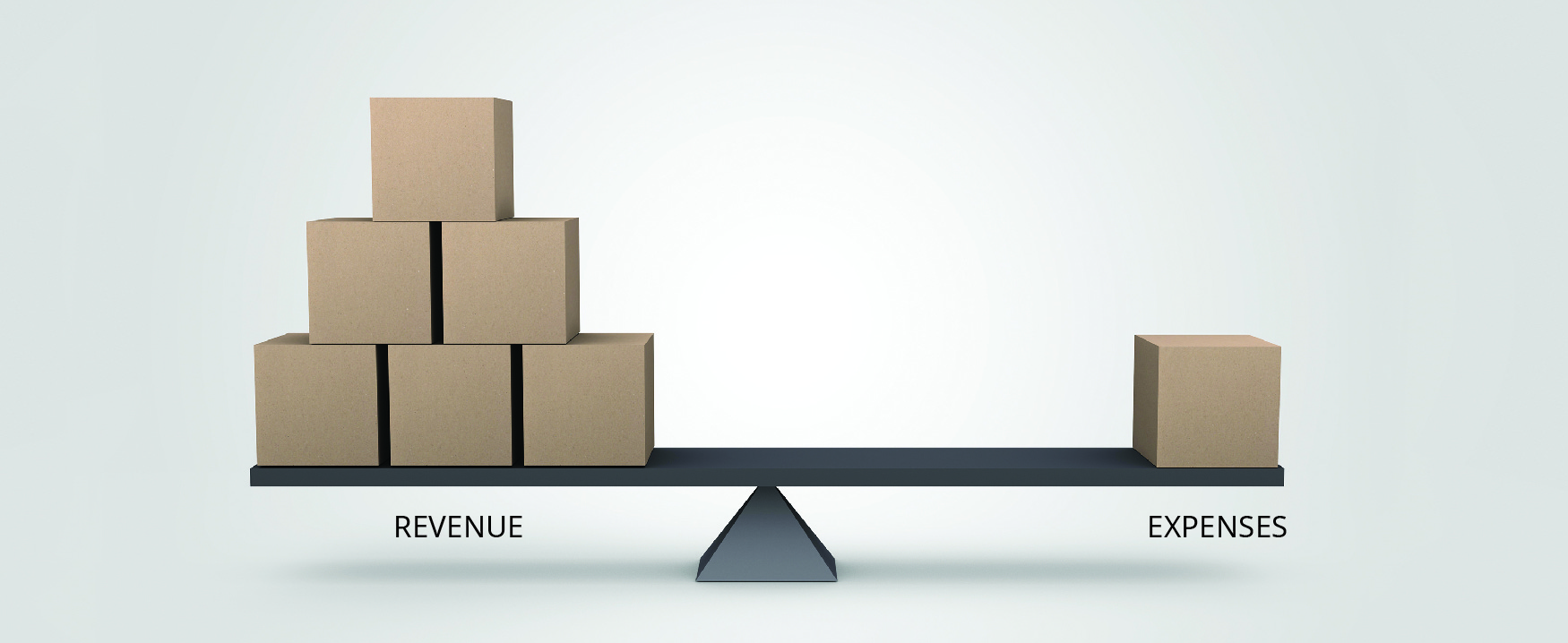13 Why It Matters
Patty Graybeal

As president of the Accounting Club, you are working on a fundraiser selling T-shirts on campus. You have gotten quotes from several suppliers ranging from $8 to $10 per shirt and now have to select a vendor. The prices vary based on whether the T-shirts have pockets, have long sleeves or short sleeves, and are printed on one side or both. You are confident that you can sell them for $15 each. However, the college charges clubs a $100 “student sale” fee, and your T-shirt sales must cover this cost and still net the club enough money to pay for your spring trip
In addition, several of the vendors will give volume discounts—the more shirts you purchase, the less each shirt costs. In short, you need to know exactly which style of T-shirt, vendor, and quantity will allow you to reach your desired net income and cover your fixed expense of $100. You decide on a short-sleeve shirt with a pocket that costs $10 each and that you can sell for $15.
This $5 per shirt “gross profit” will first go toward covering the $100 student sale fee. That means you will have to sell 20 shirts to pay the fee ($100/$5 = 20 shirts). After selling the first 20 shirts, the $5 profit will be available to start paying for the cost of the trip. Your faculty advisor has calculated that the trip will cost $125 per student, and you have 6 people signed up for the trip. This means the sale will need to generate an additional $750 from the sale (6 students × $125). At $5 per shirt you will need to sell 150 shirts to cover the student costs ($750/$5). So, you will need to sell a total of 170 shirts: 20 to cover your fixed cost of $100 and an additional 150 to cover the student’s cost of the trip ($750). What you have just completed is a cost-volume-profit analysis. In this chapter, we will explore how managers can use this type of analysis to make a wide range of decisions about their business operations.

